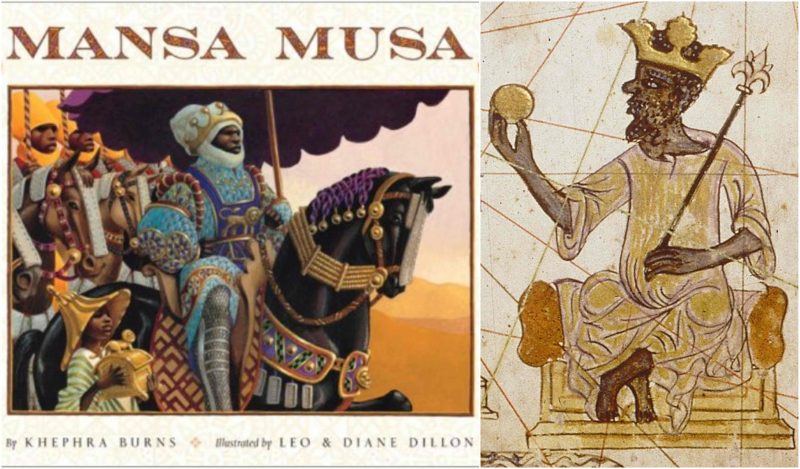Mansa Musa Keita was the emperor or the king, the sultan of the Mali Empire. Surprisingly, during the 14th century, while the Europe was in its peak of wars all around the continent, far in the south in Western Africa, the Mali Empire was flourishing.
During his reign Mansa Musa amassed a fortune that made him one of the wealthiest people who ever lived. Even wealthier than the people one can think of, living today.
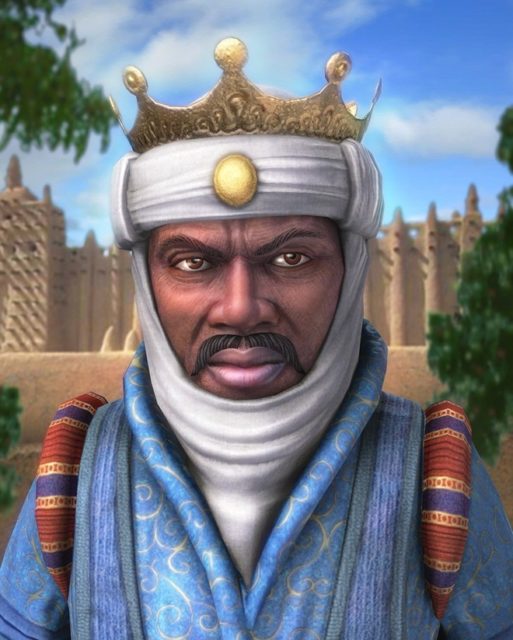
The Arab-Egyptian scholar Al-Umari quotes Mansa Musa as follows:
“The ruler who preceded me did not believe that it was impossible to reach the extremity of the ocean that encircles the earth (the Atlantic Ocean). He wanted to reach that (end) and was determined to pursue his plan. So he equipped two hundred boats full of men and many others full of gold, water and provisions sufficient for several years. He ordered the captain not to return until they had reached the other end of the ocean, or until he had exhausted the provisions and water. So they set out on their journey. They were absent for a long period, and, at last, just one boat returned. When questioned the captain replied: ‘O Prince, we navigated for a long period until we saw in the midst of the ocean a great river which was flowing massively. My boat was the last one; others were ahead of me, and they were drowned in the great whirlpool and never came out again. I sailed back to escape this current.’ But the Sultan would not believe him. He ordered two thousand boats to be equipped for him and his men, and one thousand more for water and provisions. Then he conferred the regency on me for the term of his absence, and departed with his men, never to return nor to give a sign of life.”
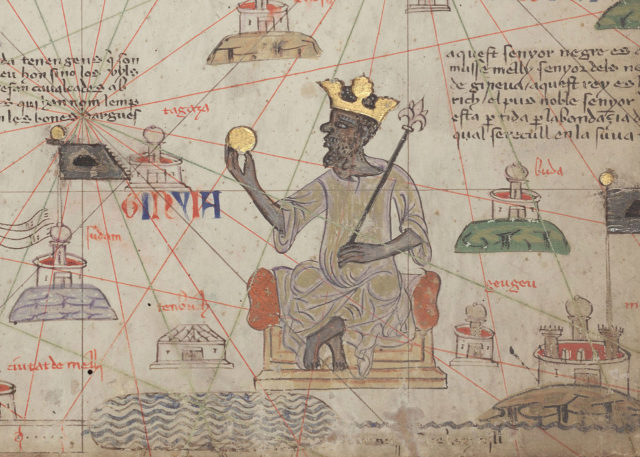
Apparently, Mansa Musa Keita became emperor following the death of his predecessor, Abu-Bakr II. He strategically gained control over the cities of Timbaktu and the city of Gao and Mali, rich in salt and gold became his land – the land of the emperor. By ruling the cities of Timbaktu and Gao he gained control over important trade routes between the Mediterranean and the West African Coast.
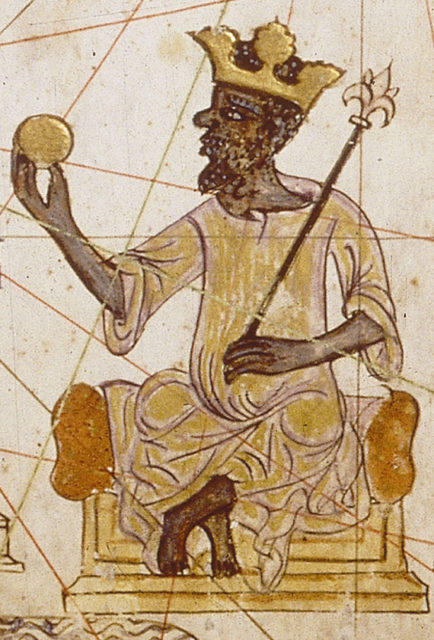
He became known to the world when he set out on his pilgrimage to Mecca. Musa made his pilgrimage between 1324 -1325 and no, he didn’t take off by himself. He took a caravan of 10 000 soldiers, 30 000 civilians, 12 000 slaves and with 500 heralds bearing gold, all of them richly dressed in Persian silk. He provided all necessities for the procession, feeding the entire company of men and animals.
Those animals included 80 camels and each carried between 50 and 300 pounds of gold dust. Musa gave the gold to the poor he met along his route. His pilgrimage lasted for a whole year. But Musa’s generous actions inadvertently devastated the economy of the regions through which he passed. In the cities of Cairo, Medina, and Mecca, the sudden influx of gold devalued the metal for the next decade.
Prices on goods and wares greatly inflated. To rectify the gold market, on his way back from Mecca, Musa borrowed all the gold he could carry from money-lenders in Cairo, at high interest. This is the only time recorded in history that one man directly controlled the price of gold in the Mediterranean.
By the time he got back from his pilgrimage Mansa Musa the Western world had already heard of him and his wealth. Mansa Musa, his wealth, and Mali were included in the Catalan Atlas from 1375 which is one of the most important world maps of Medieval Europe. On this map “The King” is depicted holding a scepter and a gleaming gold nugget.
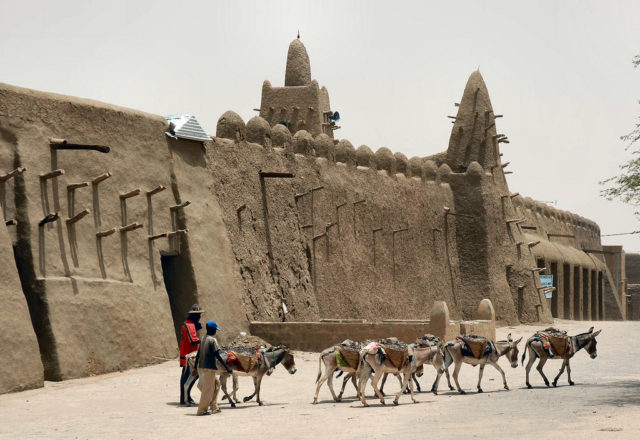
When he returned from Mecca, Mansa Musa dedicated to improving the economy, education and architecture in Mali bringing Arab scholars, government bureaucrats, and architects with him.
As a devout Muslim, Mansa Musa turned the cities into religious centers. He brought Andalusian architects among whom was the architect Ishaq El Teudjin who introduced advanced building techniques to Mali.
He designed numerous buildings for the Emperor including a new palace named Madagou, the mosque at Gao, the second largest city in Mali, and the still-standing Djinguereber mosque at Timbuktu, the largest city in the empire. El Teudjin’s most famous design was the Emperor’s chamber at the Malian capital of Niani.
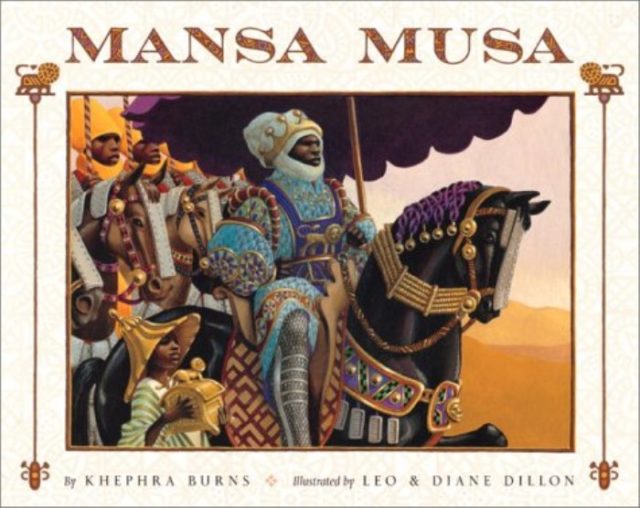
While Musa’s palace has since vanished, the university and mosque still stand in Timbuktu today.
By the end of Mansa Musa’s reign, the Sankoré University had been converted into a fully staffed University with the largest collections of books in Africa since the Library of Alexandria. The Sankoré University was capable of housing 25,000 students and had one of the largest libraries in the world with roughly 1,000,000 manuscripts.
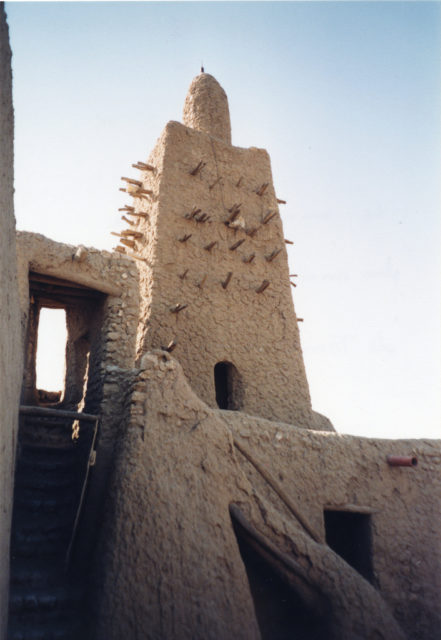
After reigning for 25 years, Mansa Musa died in 1337. He was succeeded by his son, Maghan I.
“The king’s rich legacy persisted for generations and to this day, there are mausoleums, libraries, and mosques that stand as a testament to this golden age of Mali’s history,”
